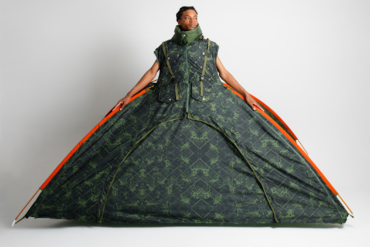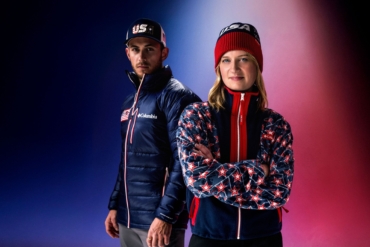This article is an excerpt from Stephen Regenold’s story on VentureThere.com covering “Five Gear Innovations” from the past five years.
The fine wool of the merino sheep has found an unlikely path from tailored suits and formal jackets to the outdoors world. The ultra-fine wool, long associated with fancy clothes, happens to make a perfect performance fabric for base-layer clothing. It doesn’t itch. It breathes. Merino is natural and durable, and it can be worn for days on end because the fabric has built-in antimicrobial properties.
But the kicker for me is merino’s seemingly magical feature of regulating core body temperature no matter the weather outside: Merino wool base layers can keep you warm when it’s cold, and when you’re hot and sweaty, a merino shirt helps keep you cool.

I hate to gush, but I am in love with this fabric. Rarely do I do anything outdoors without a merino shirt on. In Patagonia this winter, during a weeklong adventure race, I put a thin merino wool T-shirt on (from Ibex Outdoor Clothing) and kept it on for a week straight. It helped to regulate my core temperature as the weather swung from snow and wind to still air and sun.
Today, there are many companies introducing wool apparel. It is a major trend in the outdoors industry. Ibex, Icebreaker, and Smartwool are top brands and longtime adherents to merino. I applaud those companies — and other adopters now — for taking the leap with sheep when most of the world still banks on synthetic fabrics like nylon, polyester, and polypro.
Caveat: Merino’s one downfall is its price. A base-layer top from the above-mentioned companies can easily run $80 or more, which is triple the price of some competing products.
—Stephen Regenold
“Five Gear Innovations”
- Innovation No. 1: “Merino Wool Base Layers”
- Innovation No. 2: “Hip pockets on Backpacks”
- Innovation No. 3: “Energy Food that Tastes Good”
- Innovation No. 4: “Single-Speed and Fixed-Gear Bikes”
- Innovation No. 5: “Barefoot-style Running Shoes”






